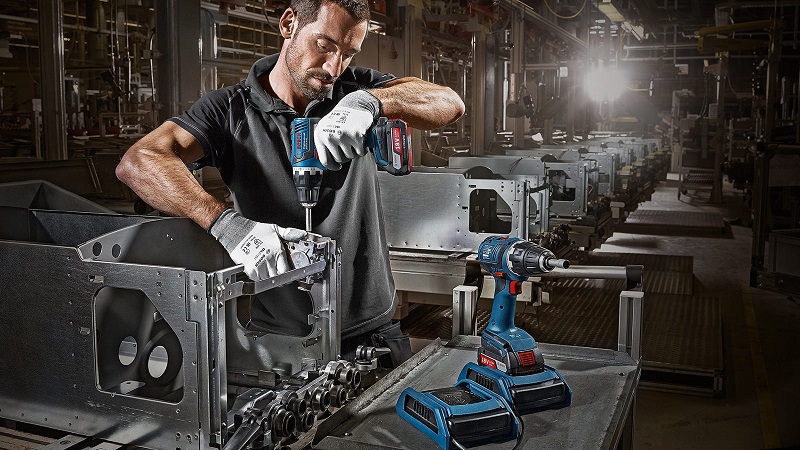
The Power of Cordless Power Tools: Gas vs. Battery Nail Guns
For a long time now power tools have been replacing even the most essential hand tools and for a good reason too. Simply said, power tools are more reliable in every aspect, be it efficiency, safety or speed. Whilst power tools are something that’s been a more reliable option for quite some time now, there is one other option that’s out to dethrone them.
I am talking about cordless power tools. They are still power tools but they are not as limited. Cordless tools can be as powerful as corded tools and they are a lot safer too. Their versatility is an obvious one but also unmatchable. The ability to just start working without having to look for a power outlet allows you to use them anywhere and at any given time. The same goes for nail guns which are also a part of the cordless family.
Contents
Battery Nail Guns
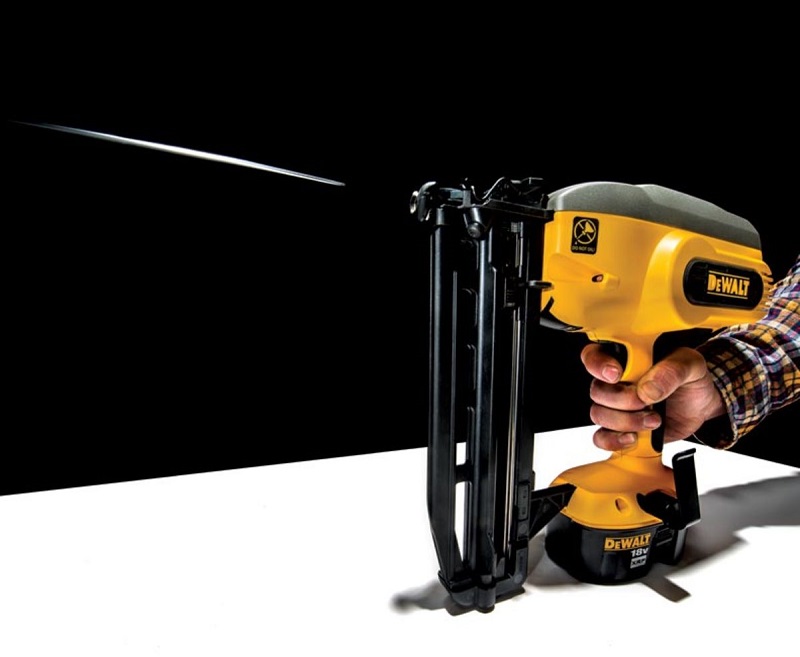
Nail guns replace your good old wooden hammer which a lot of people seem to be repurposing them. Nail guns are available as gas or battery powered. A battery powered nailer is the more advanced version of a cordless nail gun. While you still need a power outlet the amount of time one needs to stay connected is far less than the time needed for corded power tools.
While battery nailers aren’t as powerful they are definitely more convenient than their gas counterparts. Swapping out batteries is way easier than filling up a fuel tank. There are new innovations that have made battery nailers more powerful getting close to gas-powered ones. A battery powered nailer is the best option for DIY home projects as its the most cost-effective option with solid power performance.
How Do Battery Nail Guns Work?
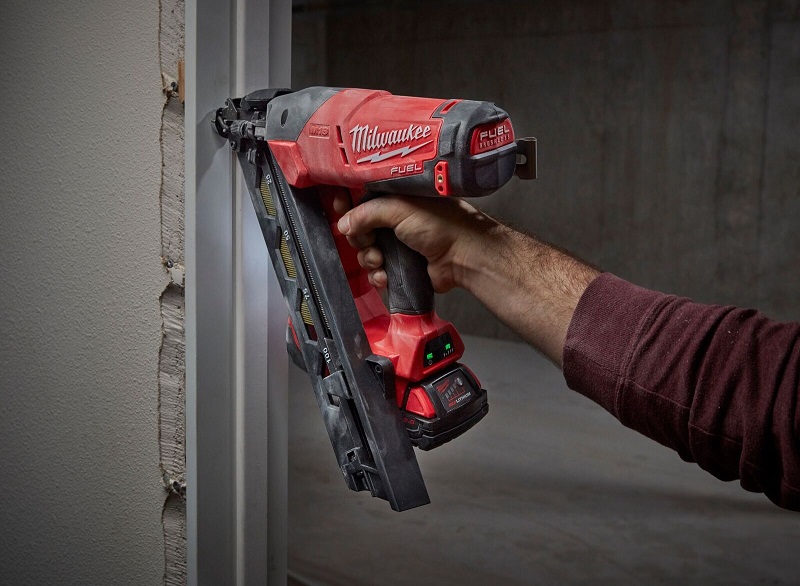
Battery nailers work bu relying on an internal compressor. Their motor drives a piston which compresses air and then releases it to drive the nail into a surface. That’s the core mechanics of battery nailers which is a lot similar to air-powered nailers just without the inconvenience that comes with them.
Gas Nail Guns
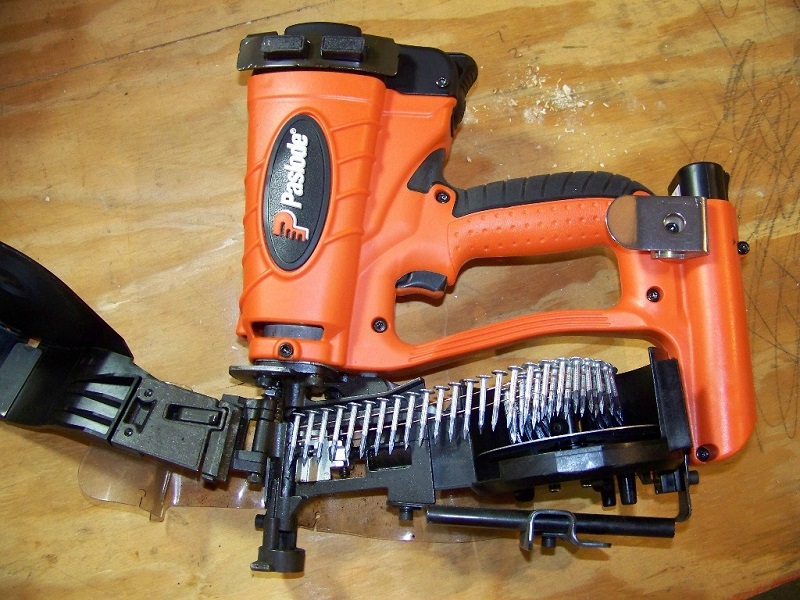
Also known as gas-cartridge guns, gas-powered nailers rely on internal combustion. Similar to a car engine these quite powerful tools also use a battery but they don’t rely on it for the whole operation. If you are going to be undertaking more than just DIY home project then gas nailers are the perfect choice. You ill need to put in some extra maintenance hours but it will pay off in the long run.
How Do Gas Nail Guns Work?
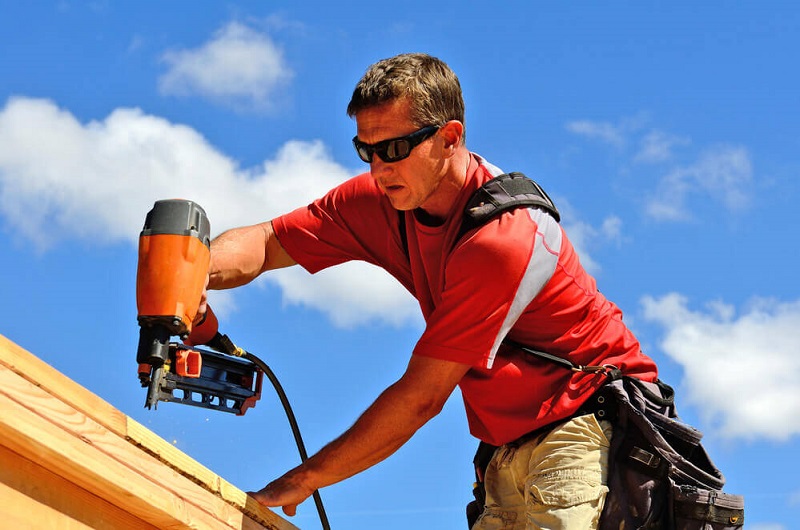
When the trigger is pulled the battery in the nailer generates a spark. This spark is sent to the combustion chamber to help ignite the fuel/ air mixture. This causes a rapid expansion of gasses which drive the blade so that it sends the nail off the strip and into the desired surface.
Types of Cordless Nail Guns
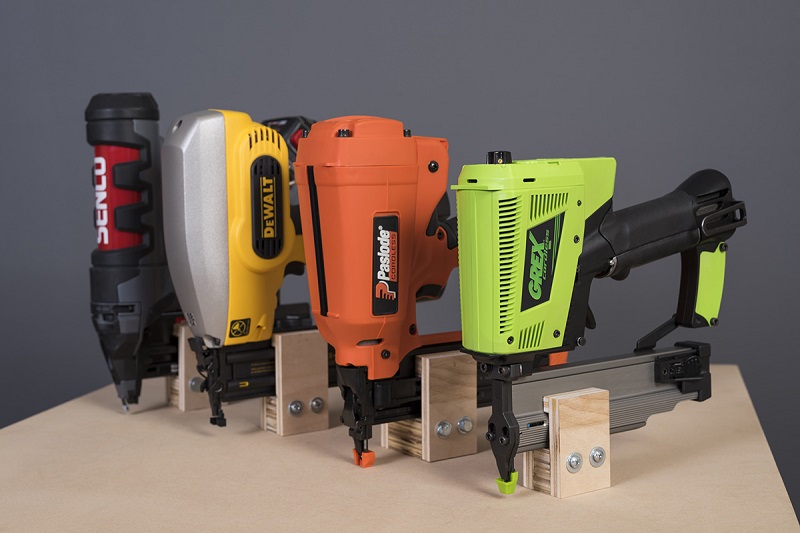
Framing
The heaviest duty nailers are called framing nailers which are ideal for wood framing in building and heavy construction. These type of nailers are commonly used when building fences, decks, homes, rooms, wood siding and sheathing.
Flooring
A flooring nailer looks different than the nailer you’re used to since they have different operations. Flooring nailers are made so that they are able to make quick movements when laying tongue and groove floorboards. This tool is held at the edge of the board and the plunger is hit with a nylon mullet. You’ll find two types of flooring nailers, manual and pneumatic. Pneumatic nailers use air pressure and although similar to manual ones they are not as demanding when it comes to human exertion.
Roofing
With a roofing nailer, you’re able to drive nails into wood and other similar roofing materials at exceptionally high speeds. These nailers are also heavy-duty and come in three different variations, pneumatic, solenoid and spring-loaded. Spring-loaded roofing nailers are the simplest version out there using springs to fire the nails. Pneumatic as you already know use air compressor and are the most popular option. Solenoid roofing nailers use electromagnetic polarisation to send the nails home.
Siding
To install siding, you’ll need to use a siding nailer. These portable powerhouses can join two thin pieces of wood or even a synthetic material to a wooden mount quite easily. Somewhat similar to framing nailers, siding nailers are best suited for projects that require you to join large pieces of wood together. Some siding models are also compatible with aluminium nails which makes them compatible for installing aluminium siding too.
Pin
A pin nailer is mainly used for finishing carpentry. Being the smallest and most delicate finishers they are also compatible with 23 gauge headless nails. Pin nailers are also used for crown molding, thin veneers, delicate trim pieces, cabinetry as well as small furniture trim.

